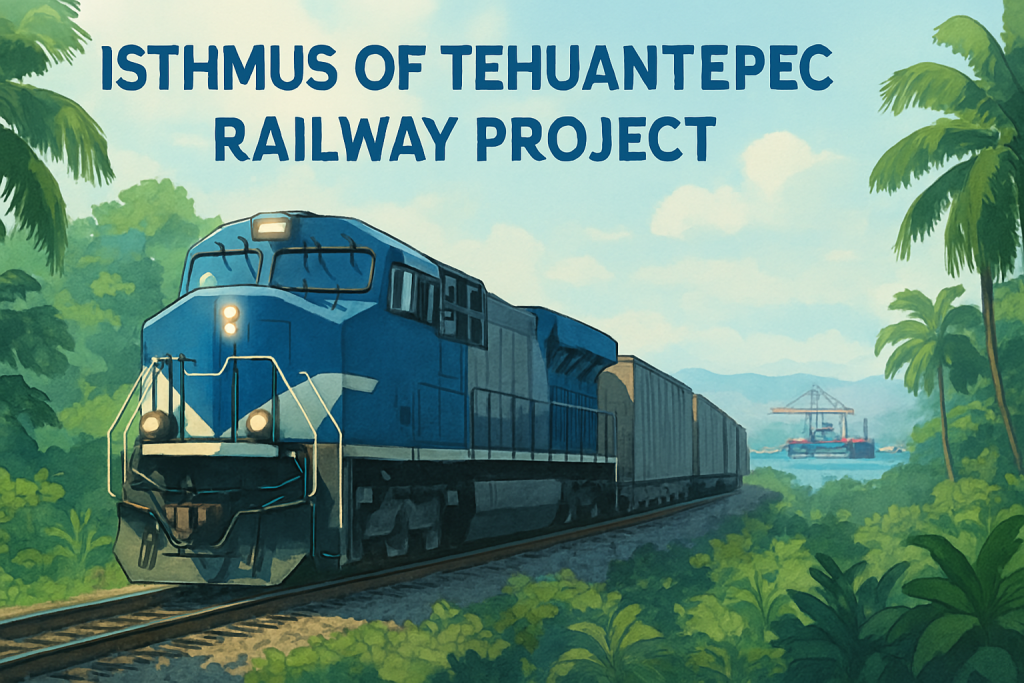The Isthmus of Tehuantepec: Mexico’s Ambitious Bid to Reshape Global Trade
In a world of ever-shifting trade winds and persistent logistical challenges, a historic land bridge in Southern Mexico is being revitalized. The Interoceanic Corridor of the Isthmus of Tehuantepec (CIIT) is more than just an infrastructure project; it’s a bold initiative aiming to offer a new, efficient artery connecting the Pacific and Atlantic Oceans. This ambitious undertaking seeks to stimulate economic development in Mexico’s southern region and present a viable alternative or complement to the Panama Canal for global shippers. A Dream Centuries in the Making: Historical Context The idea of leveraging the Isthmus of Tehuantepec – the narrowest point between the Gulf of Mexico and the Pacific Ocean in the country – is not new. Visionaries dating back to the colonial era, including Hernán Cortés, recognized its strategic potential. Famed naturalist and explorer Alexander von Humboldt, in the early 19th century, also highlighted the isthmus as an ideal location for an interoceanic connection. An initial railway, the Tehuantepec National Railway, was completed in 1907, briefly realizing this dream. However, its prominence was short-lived due to the Mexican Revolution and the opening of the Panama Canal in 1914, which offered a direct water route. The CIIT Reborn: A Modern Megaproject Under the administration of President Andrés Manuel López Obrador, the vision for the Isthmus Corridor has been energetically revived. The CIIT is a multi-faceted development project with several key components: A New Contender in Transoceanic Trade? The CIIT proposes a multimodal transport solution: ships unload cargo at one port, which is then transported by rail across the isthmus to the other port for reloading onto ships. This model presents several potential advantages: In terms of capacity, initial projections suggest the CIIT could handle around 1.4 million TEUs (twenty-foot equivalent units) annually by 2033. While this is considerably less than the Panama Canal’s capacity (which handles roughly 8 million TEUs or more, depending on conditions), the Mexican corridor is largely viewed as a strategic complement rather than a direct, high-volume replacement. Navigating Challenges, Seizing Opportunities The realization of the CIIT’s full potential involves overcoming several challenges and capitalizing on significant opportunities: Challenges: Opportunities: The Isthmus Corridor: Charting a New Course The Interoceanic Corridor of the Isthmus of Tehuantepec is a transformative project with deep historical roots and immense future potential. While it may not immediately rival the sheer volume of the Panama Canal, it represents a significant strategic development for Mexico and a valuable new option for global trade. Its success will hinge on continued investment, operational excellence, robust security, and seamless integration into the complex web of global supply chains. As the CIIT progresses, it holds the promise of not only reshaping trade routes but also fostering a new era of economic prosperity for Southern Mexico. Sources for this article include reports from FreightWaves, Breakbulk Magazine, and Wikipedia.


